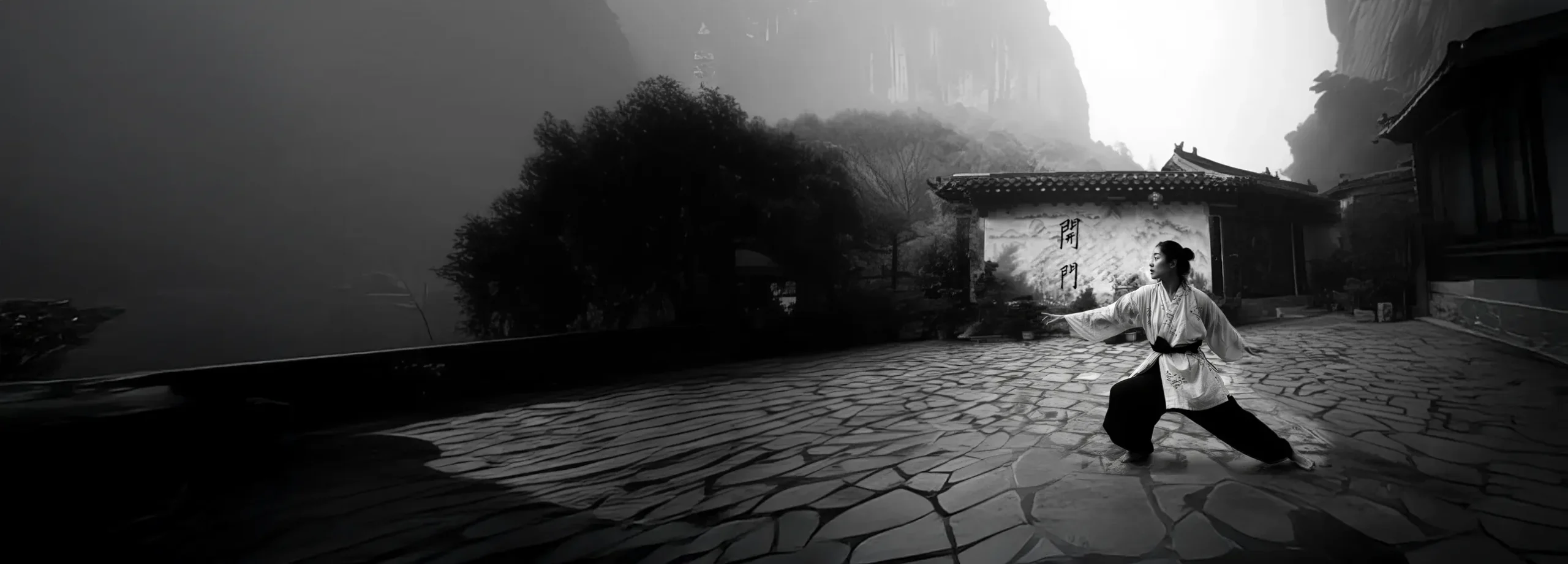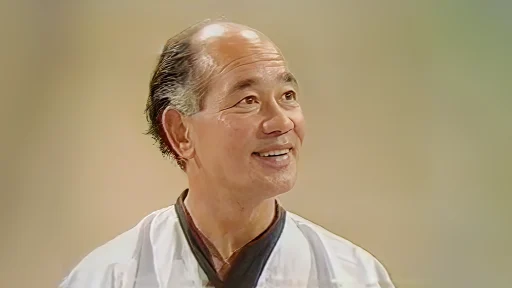
Chee Soo’s career as a student and teacher of the Taoist Arts of the Lee style spanned sixty years. He taught all over the world and his books were best sellers and published in many languages. He was a pioneer Taoist teacher from one of the first Taoist Arts school in the West in the London of the 1930s and devoted his life to teaching others. He was well known as a soft internal style martial arts teacher but also helped many people with his healing abilities and in-depth knowledge of Ancient Chinese Medicine. His favourite practical application of Taoist philosophy was in the Taoist Art of T’ai Chi Ch’uan. He was the author of several best sellers which were amongst the first books to reveal Taoist methods to Westerners.
Early life
Born on 4 June 1919 in All Souls, Marylebone, London, Chee Soo was the son of Ah Chee Soo, a pastry chef at the Westminster restaurant. His mother was Beatrice Gibbs. They lived in Westminster. His English name was Clifford Gibbs, his Chinese name was Chee Soo. In a 1977 Brian Hayes LBC radio interview Chee Soo described meeting an old Chinese gentleman from Weihaiwei called Chan Kam Lee in Hyde Park when he was fourteen years old. Chee Soo was invited to Chan Lee’s class in the summer of 1934, and this was the beginning of his Taoist arts training. Chan Kam Lee adopted him as a nephew, and taught him the arts whenever his work and time permitted.
Military career
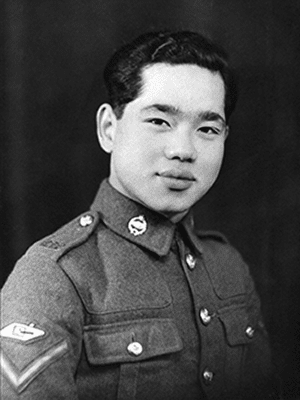
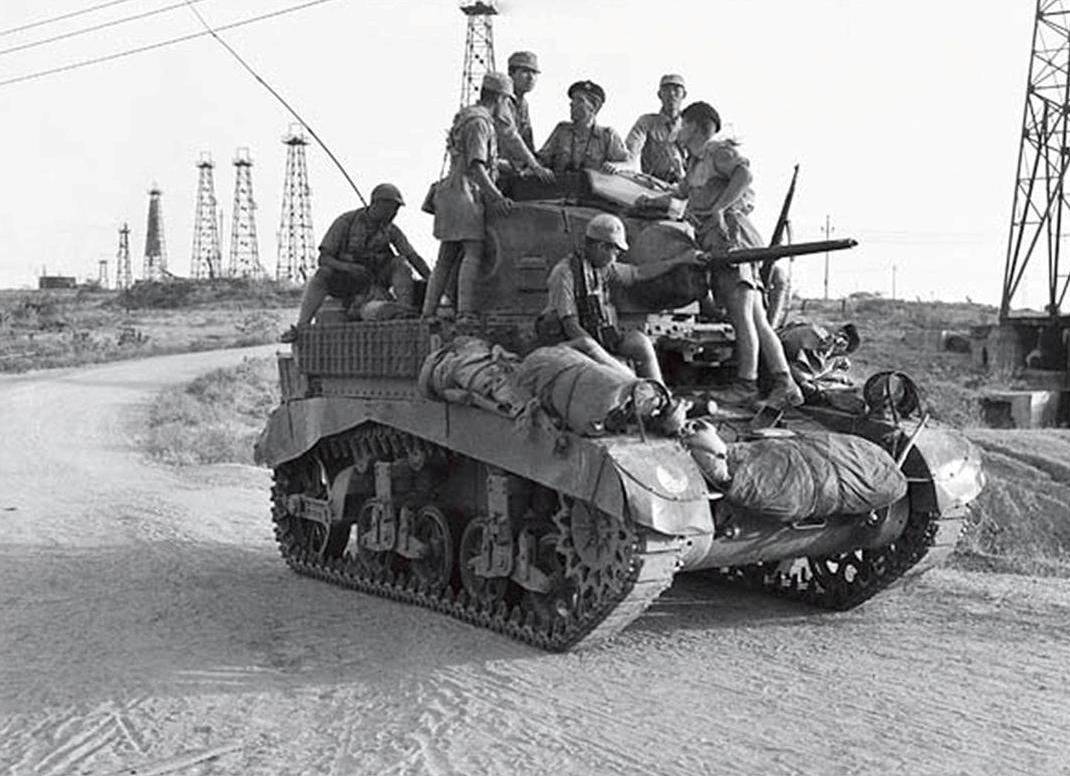
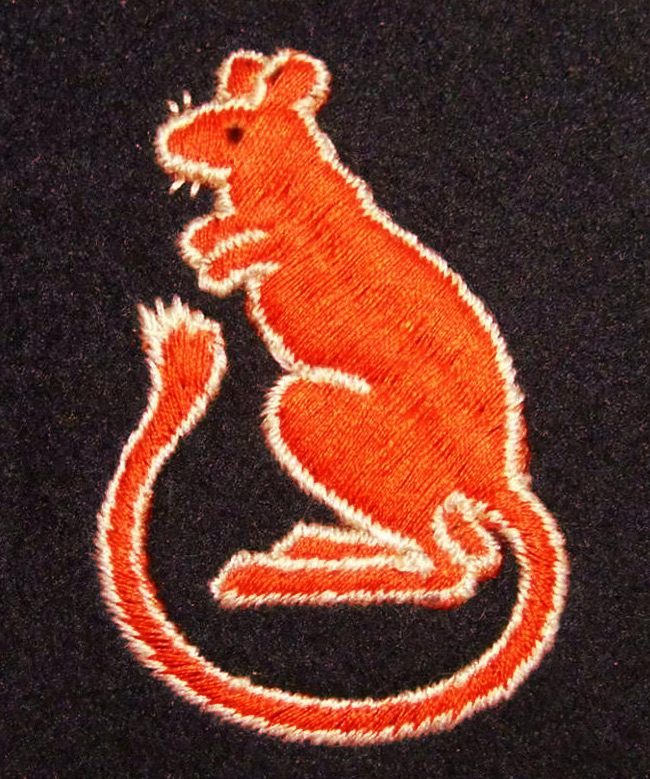
In 1937 Chee Soo began his military training and joined the 2nd Battalion of the Royal Tank Regiment part of the 7th Armoured Division known as the Desert Rats. In 1939 he went to fight in Northern France and was at Dunkirk in 1940. During the war, he was promoted to Lance-Corporal and Corporal in 1941, then to Acting Sergeant in 1942. He was sent to North Africa and was mentioned in dispatches and awarded the Military Medal after the Battle of Beda Fomm in Libya in February 1941, part of Operation Compass. After his regiment was transferred to Burma he was captured by the Japanese on 19 April 1942 during the Battle of Yenangyaung fighting alongside the Chinese army under General Sun Li-jen. He was forced to work on the Burma Death Railway as a POW where he contracted Malaria, he was later classified as a war crimes witness.
In 1939 the Second World War broke out, and Chee Soo did his share of fighting as a Tank Commander in the Second Battalion of the Royal Tank Corps, in France, in North Africa — where he won the Military Medal, and in Burma where, after a hectic battle, he was finally taken prisoner by the Japanese. He went through many periods of beatings, torture, starvation and very hard work as a member of a working party in the mountains between India and Burma. Finally, three years later, as the Japanese started to retreat from the advancing Allies, he managed to escape into the Shan Mountains of West Burma and made his way over very rugged terrain and through many jungles, till finally one month afterwards he was rescued by an American Guerilla patrol. Three months after recuperation and treatment (for he then weighed only 84 lbs), he was flown back to England, where he was able to enjoy a long leave with his wife. After that, he was discharged from the forces and took a course in book-keeping, stock control, commercial history and sales promotion. Chee Soo managed to make contact with Chan Lee again after the war was finished, and the class in Holborn was restarted. In 1950, Chee Soo formed his own class in Manor Road School, West Ham, East London.
The author Rupert Croft-Cooke who was Chee’s friend from 1938 provides us with some biographical details of this period in Chee Soo’s life in his book ‘The Dogs of Peace’.
Clifford Gibbs had got his rather grand name from Dr Barnardo’s Homes, for he had been reared in one of these, the son of a Chinese father and English mother, neither of whom he had ever seen. I had known him before the war and was as proud as he was of the Military Medal he had earned as a Corporal in the Royal Armoured Corps in North Africa. He had been sent to Burma and taken prisoner by the Japanese, and suffered unspeakable tortures and humiliations because of his race, separated as he was from his fellow British. He had survived and, inwardly as inscrutable as a Conrad character, a little like Wang in Victory, he had married a blonde English girl and had an exquisite baby daughter whose godfather I became at a Sunday afternoon service in an East End Anglican church. Clifford, who went about life methodically, was severely industrious and found the means of saving for his family even in those days of grudging wages. But he had a humorous cheerful side to his character and enlivened my flat during his weekly visits between office hours and his return to Durban Street, E.15. He was an expert wrestler and had earned the Judo black belt. Only from the depths of his character emerged sometimes the exotic or oriental; in speech and manner he was very much an Englishman, and it was strange to hear from his curved lips words that might have been used by any London ex-soldier. I am glad to have had his friendship throughout those years.
Teaching the Taoist Arts
After the death of his teacher Chan Kam Lee in the Winter of 1953, he went on to become the President of the International Taoist Society and taught a wide range of the Taoist arts including Wushu, Tai Chi Chuan, Qigong, and Ancient Chinese Medicine.
The Guinness world record site states that “In 1965, Dame Diana Rigg (UK) became the first western actress to perform kung fu on Television when the combat choreographers Ray Austin (UK) and Chee Soo (UK/China) worked elements of the martial art into her fight scenes on The Avengers. Certificate presentation was done on The New Paul O’Grady Show.”
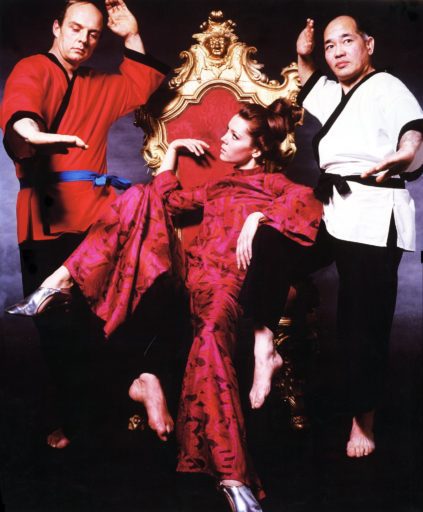
During the 1970s he ran a Chinese Health and Herbal clinic in London.
According to a British Movietone News documentary filmed on 21 May 1970 at Guildford in Surrey – UK, Chee Soo had over 2000 students studying Wushu in Britain as part of the British Wu Shu Association, and was one of only three men outside of Beijing qualified to teach Wu Shu.
Chee Soo appeared in a BBC Nationwide TV interview on 21 September 1973 where he demonstrated Kung fu self-defence techniques and inner power live in the studio with presenter Bob Wellings. Chee Soo talked about the history of Kung Fu and the difference between Northern and Southern kung fu styles in China and how it differs from Karate.
In 1975 Chee Soo was filmed by the BBC at his Feng shou kung fu class in Seymour Hall in London and subsequently appeared in a documentary broadcast for schools entitled Scene: Looking for a fight. His soft style kung fu self-defence class was contrasted with boxing and hard style kung fu.
In 1977 he was interviewed by Brian Hayes on LBC radio and talked about Lee style T’ai Chi Ch’uan, meeting his teacher Chan Kam Lee, Reincarnation, and how Women would come to rule the world.
Writings
During the 1980s he came to live in Coventry and spent his time writing and teaching courses in Lee style Tai Chi Chuan, Feng Shou Kung Fu, and Ancient Chinese Medicine at the Alderman Callow School (now called The Westwood Academy) and at other locations around Britain, as well as visiting students on the Continent and overseas. He was the author of several best-selling books published during his lifetime and one book published posthumously about Taoist philosophy. You can read more about Chee Soo’s Taoist Arts school in Coventry in The Tao of My Thoughts Appendix by Marilyn Soo.
The Tao of My Thoughts
Editor’s note
A strange thing happened today, something quite unexpected.
I just happened to be visiting an old friend when quite out of the blue a new manuscript came to light. Well in actual fact it was an old manuscript.
Inside was a diary written over many years as far back as the 1970’s with Chee’s thoughts about Taoist philosophy, over a hundred pages with hand-drawn pictures in Chinese inks, quite remarkable. As I leafed through it I must confess a tear came to my eye. I was lost for words.
She said she was entrusting this book to me in case anything happened to her and said I could do as I wished with it. So on the way home I stuffed it into an old jiffy bag to keep it safe, and the funny thing is when I got home my attention was drawn to the label on the bag. It was from the printers of Chee’s books, somehow it had got into the back seat of my car I don’t know how, very strange.
Well anyway, considering this I thought it would be selfish really to keep all this to myself now wouldn’t it?
So here’s the result.
Chris Simpson
Foreword
These thoughts started to come to me on the 20th December 1976, and after two hours they were still entering my brain, so it occurred to me that others, like yourself, might like to share them with me, and perhaps even try to live by their principles. So for the last eight years I have jotted them down, whenever time permitted.
Always remember, that Taoism is not a religion, for it encompasses all beliefs and religions, for it came into being more than 10,000 years B.C. It is a way of living in accordance with the natural laws of nature, and in complete harmony with the energies of the universe, and following the ordained WAY of life as laid down by the TAO.
It is therefore, a very deep ingrained philosophy and harmonises naturally with everything around us, and within us.
So, after reading through these thoughts that came to me, if you feel deep down inside that they have influenced your life, either through your mental, physical or spiritual spheres, then the WAY (Tao) is now wide open for you to understand, to live with, and assist others every day of your life.
May the TAO always be with you on your journey through your life.
Chee Soo
- 2006 Seahorse Books ISBN 9780954524456
The Chinese Art of T’ai Chi Ch’uan
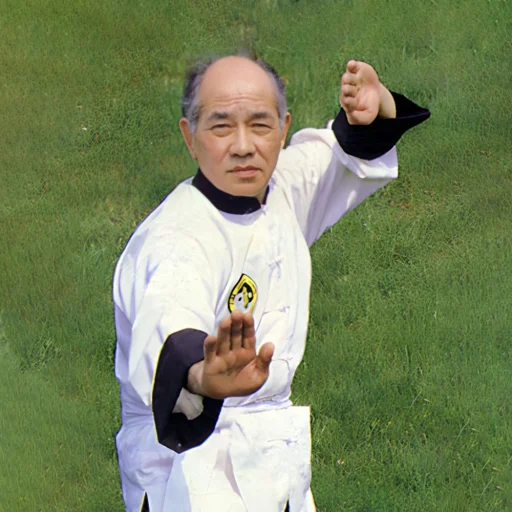
The Taoist way to mental and physical health.
A dynamic aid to health and inner tranquillity through controlled movements for self-defence and the development of physical and mental powers.
T’ai Chi Ch’uan, “The Supreme Ultimate”, is one of the ancient Chinese martial arts, comprising a system of body movements designed to achieve physical, mental, emotional and spiritual harmony. T’ai Chi Ch’uan has proved itself over and over again to be one of the finest ways of improving health and creating tranquillity throughout the entire nervous system, creating a deep peace of mind. Chee Soo, President of the International Taoist Society, sets T’ai Chi Ch’uan in its philosophical and historical context, and introduces the different aspects of the art, including T’ai Chi Sword, and T’ai Chi Dance. All 140 stances of the T’ai Chi form are illustrated with photographs and detailed instructions.
- 1976 Gordon and Cremonesi hardback edition ISBN 0860330370
- 1984 Aquarian Press paperback, (Thorsons/HarperCollins), ISBN 0850303877
- 2003 Seahorse Books paperback ISBN 9780954524401
The Taoist Art of K’ai Men.
An ancient system of energy utilization for improving mental and physical vigour and combating stress.
Kai Men means the ‘Open Door’ and expresses the idea that Taoist Yoga is the doorway to all the channels of the mind, the spirit and the body. It is particularly concerned with the energies and vitalities within the physical system and how these can be harnessed, cultivated and utilized to maximum benefit. Through photographs, diagrams and a text that skillfully relates Kai Men to the philoso[phical background of Taoism, Chee Soo shows how we in the West can use this ancient Chinese art to improve physical and mental vigour and to provide an effective method of dealing with the stresses and anxieties of the modern world.
- 1977 Gordon and Cremonesi hardback “The Chinese Art of K’ai Men”
- 1983 Aquarian Press (Thorsons/HarperCollins) paperback “Taoist Yoga”
- 2006 Seahorse Books paperback ISBN 9780954524418
The Taoist Art of Feng Shou.
‘Hand of the Wind’ Kung Fu
A complete illustrated guide to this unique Chinese system of self-defence which combines ‘softness’ with speed to great effect.
Feng Shou is the most gentle Chinese martial art: it is just as effective a method of self-defence as other styles of kung fu but it makes use of the dynamic non-aggressive force of inner energy (Ch’i) instead of brute muscular strength. There is within everyone this internal power and this book will help you unlock its potential. Through pictures and patient, clear description, Chee Soo, President of the International Wu Shu Association, introduces the stances, footwork, hand techniques and body movements of his ancient Eastern art. Using this definitive guide, anyone can teach himself or herself the skills of self-defence, at the same time improving physical and mental strength.
- 1974 “A step by step guide to kung fu” paperback
- 1983 Aquarian Press paperback (Thorsons/HarperCollins) ISBN 0850303605
- 2006 Seahorse Books paperback ISBN 9780954524425
The Tao of Long Life
Health and long life using a time-tested approach to diet and nutrition that has been practised by Taoists for thousands of years
Eat your way out of illness
Here is a time-tested approach to diet and nutrition practised by the Taoists for thousands of years. Based on natural foods, Ch’ang Ming diet aims to create the conditions in which each individual can achieve his or her own balance of good health. Like fingerprints, we all have unique dietary requirements. This book reveals how to create a personal blueprint for health the Chang Ming way, and includes:
- special diets for children and pregnant mothers
- herbal therapy
- traditional Chinese diagnosis
- losing weight naturally
- diets for the elderly
- women’s ailments
- 1979 Gordon and Cremonesi hardback ISBN 0860330680
- 1982 Aquarian Press (Thorsons/HarperCollins) paperback 0850303206
- 2008 Seahorse Books paperback ISBN 9780954524432
The Taoist Ways of Healing
The Chinese Art of Pa Chin Hsien
An introduction to the complete system of ancient Chinese health arts the ‘Eight Strands of the Brocade’.
A layman’s introduction to a proven system of maintaining whole-body harmony, free from disease and mental illness. The ‘Eight Strands of the Brocade’ re[resent the eight branches of Taoist medicine: diet therapy; herbal medicine; heat application; acu[uncture; acupressure; calisthenics; and the ‘way of occlusion’ the enhancement of the vital life forcde. Chee Soo, the President of the International Taoist Sociaety, sets out a unique system by which you can regain the health and happiness which you are meant to enjoy even into very old age
- 1986 Aquarian Press (Thorsons/HarperCollins) paperback ISBN 085030475X
- 2011 Seahorse Books paperback ISBN 9780954524449
